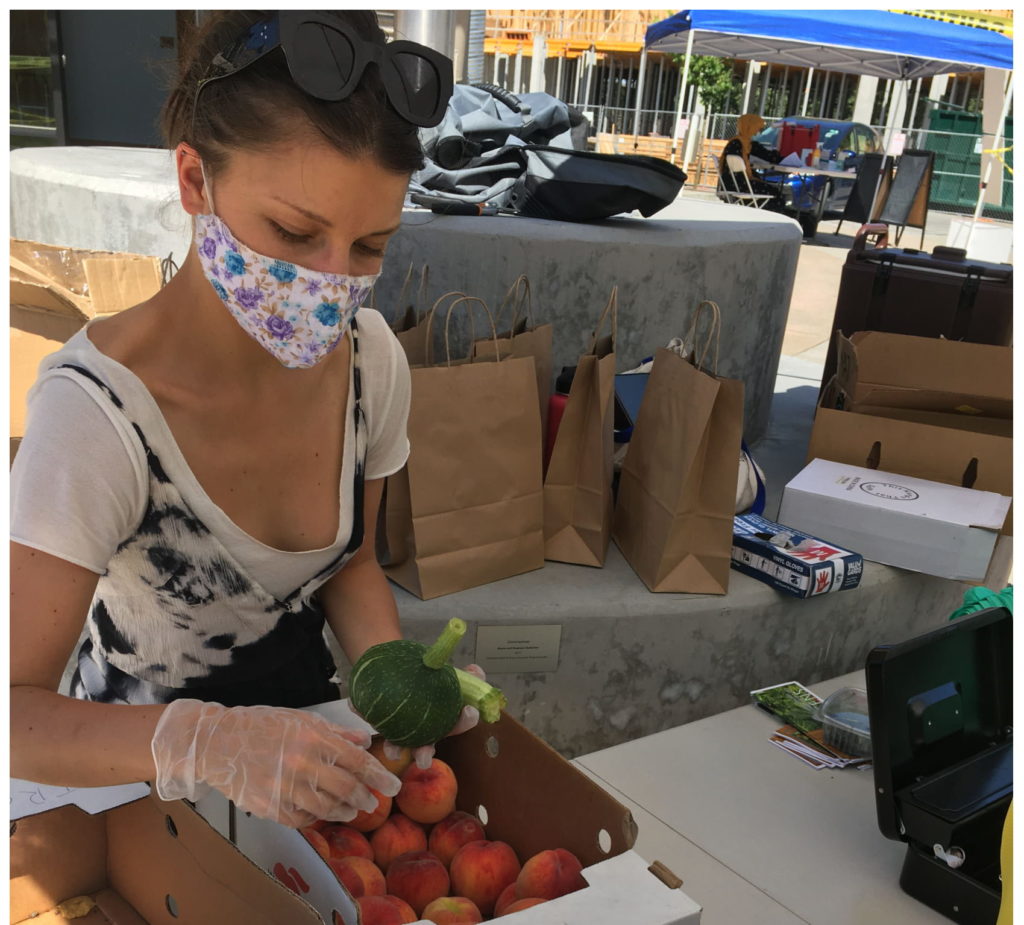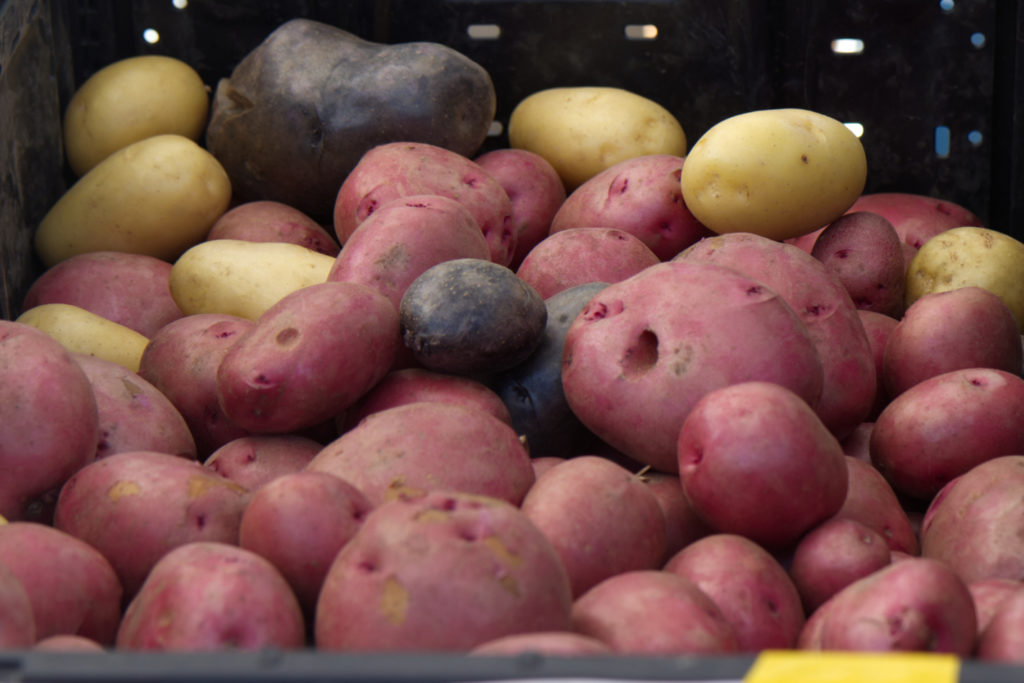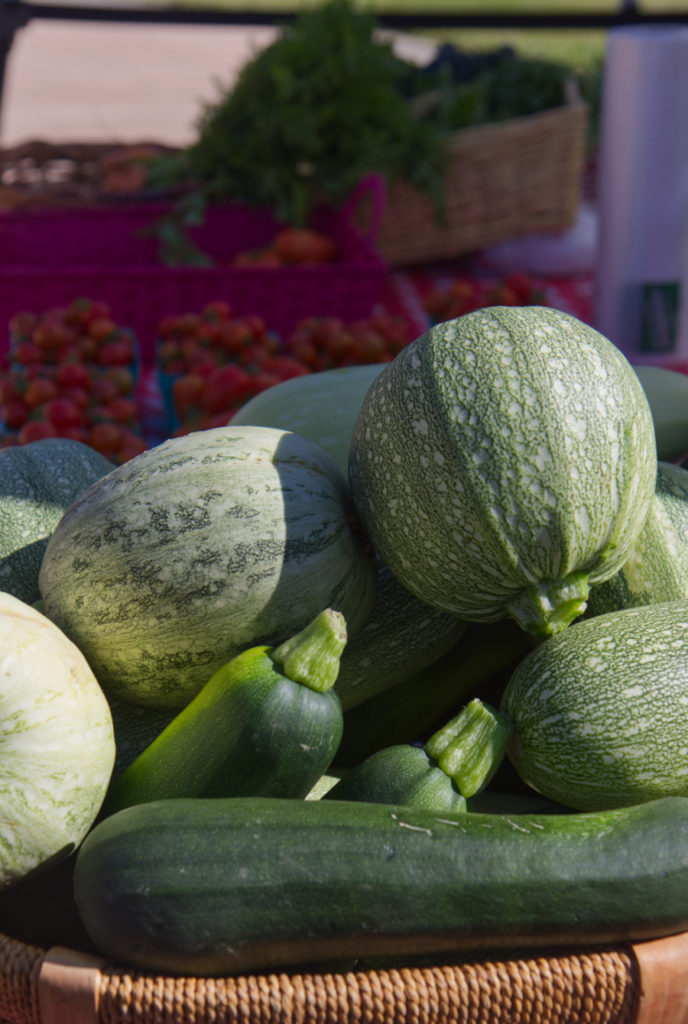How Can We Help?

Coordinating Weekly Deliveries of Fresh Produce for Seniors in Need
The global pandemic of COVID-19 disproportionately affected marginalized populations such as the elderly and refugees. In collaboration with Food Innovation Network (FIN), the IRC Year 2 VISTA coordinated the delivery of 50 bags of fresh produce weekly to low-income seniors in SeaTac and Tukwila.
STEP 1: OUTLINE THE TIMELINE AND BUDGET
FIN contracted IRC to complete the project, which was funded through the CARES Act. Initially the budget was $4,000 and then an additional $3,000 of funding came from Harvest Against Hunger. In total there was $7,000 to purchase produce for 50 seniors on a weekly basis from July through December 2020. From July through September, the bags contained $5 worth of food. From October through December they contained $10 worth of food.
STEP 2: PURCHASE PRODUCE FROM FARMERS
Once the budget is established, IRC communicated with one of their growers and two local organic farms to purchase produce for the bags. The IRC grower, Krishna Biswa, a highly experienced farmer from Bhutan and New Roots Farm Program participant, sold produce to IRC and FIN on a regular basis for the bags. The Year 2 VISTA also built a relationship with Alvarez Organic Farm and communicated with Collins Family Orchard for purchasing purposes. Each week the VISTA, either sent a message or order form to the three farms on Monday- two days before the Wednesday market. The timing was decided upon beforehand to ensure the farmers had enough time to harvest and deliver the produce.
STEP 3: PICK-UP OR SCHEDULE DELIVERY OF PRODUCE
The delivery and/or pickup method was different for each source. For Krishna, delivery of produce to the market was easy as he had his own stand at the market and was already there. The Year 2 VISTA however, had to pick up produce from Collins at their satellite farm stand in Seattle and from Alvarez at the Columbia City Farmers market while they were setting up on Wednesdays. The Year 2 VISTA coordinated the pickup so that carrying the oftentimes heavy boxes of produce was not too difficult. The VISTA pulled into an alleyway near the Alvarez stand at the Columbia City Market and Alvarez farm stand employees loaded the produce into the back of the VISTA’s vehicle. This would have been a perfect job for a volunteer but under the current circumstances the IRC was unfortunately not allowing for any in person volunteering. The VISTA however, still developed a volunteer position for this job for future use in case it would be possible for a volunteer to complete in the future.


STEP 4: ASSEMBLE THE BAGS
Each week, after getting to the market with the produce, the Year 2 VISTA assembled the 50 bags. The task was time consuming but simple. The VISTA wrote a volunteer guide for this task in hopes that it could be used at a later date since, as stated before, the IRC was still not accepting any in-person volunteers due to health risks related to the pandemic.
Initially, New Roots used medium-sized paper bags, then switched to biodegradable plastic bags because the produce ripped through the paper when it was wet. The VISTA lined up the bags and filled each one with the same amount of produce. For some weeks, in collaboration with SNAP-ed, New Roots added recipes to go along with the produce for that week. For instance, if there were peaches in the bags, there would be a recipe for a healthy peach crisp or fruit salad. One week, SNAP-ed even supplied reusable grocery bags!
STEP 5: DATA COLLECTION AND INVOICES
The Year 2 VISTA created an excel spreadsheet where everything related to the produce bags was kept including where the produce came from, how many pounds were bought and at what price, the amount of produce per bag and which clients collected produce bags. The invoices were saved in a folder and paid on time.


